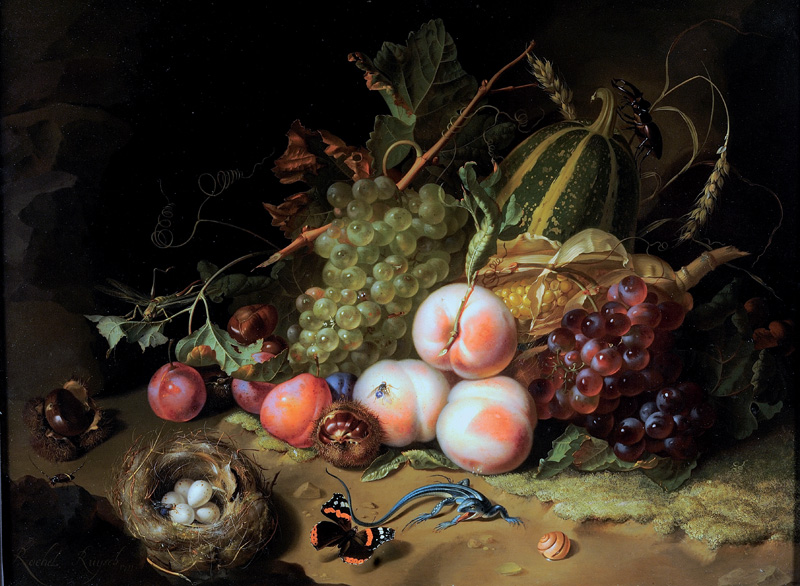
Still Life – Research
Still life describes a photograph that shows inanimate objects from the natural or man-made world.
Examples of still life paintings/photos:

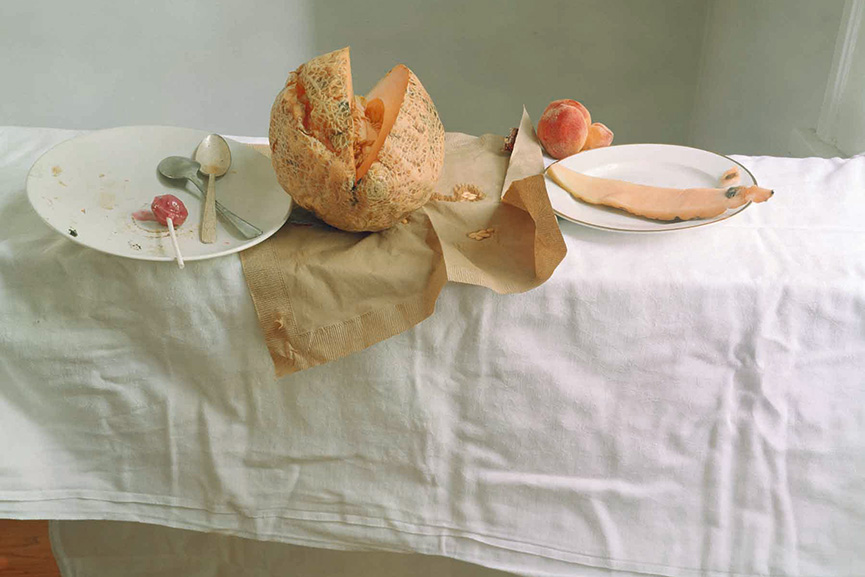
- The top image, by Abraham van Beyeren, includes objects and foods which symbolise wealth and luxury. This photo appears to be created longer ago than the photo by Laura Letinsky, yet still including similar objects, such as fruit which is seen as ‘exotic’, which symbolises wealth.
- The image on the bottom, by Laura Letinsky, includes fruits and vegetables and presents plates of leftover food. The source of light seems to be natural and the image follows the rule of thirds. This photo appears to be more modern than the image created by Abraham van Beyeren.
Still life derives from the Dutch word ‘stilleven’, from the 17th century. This is when paintings of objects became widely popular throughout Europe. This term was used more often as artists created more complex pieces, communicating a wider variety of objects and allegorical meanings.
Chronological timeline of still life photography:
The earliest known still life artwork originates from Ancient Egypt. These paintings were made in temples as offerings to the gods and did not apply to realism.
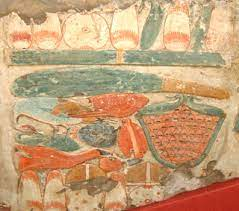
Still life in Ancient Greece and Rome appeared in mosaics on the floors and paintings. Colours and shading became realistic, unlike the Egyptians’ still-life artworks.
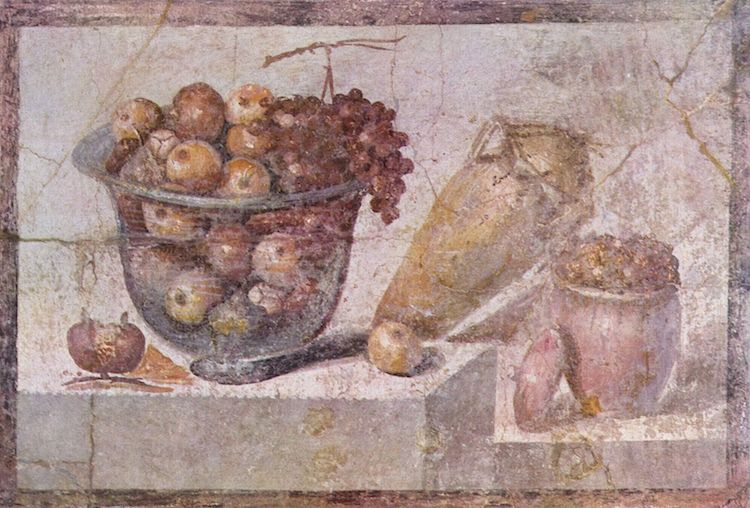
Interest in still life dissipated after the fall of Rome until the 1500s in Northern Europe, where they developed oil paint, allowing for a much greater detail in paintings. The Northern European Renaissance is when people began to take on symbolism and depicting wealth in still life artworks. A specific type of still life is the vanitas painting, where artists used skulls, flowers, candles, etc. to symbolise the inevitability of death.
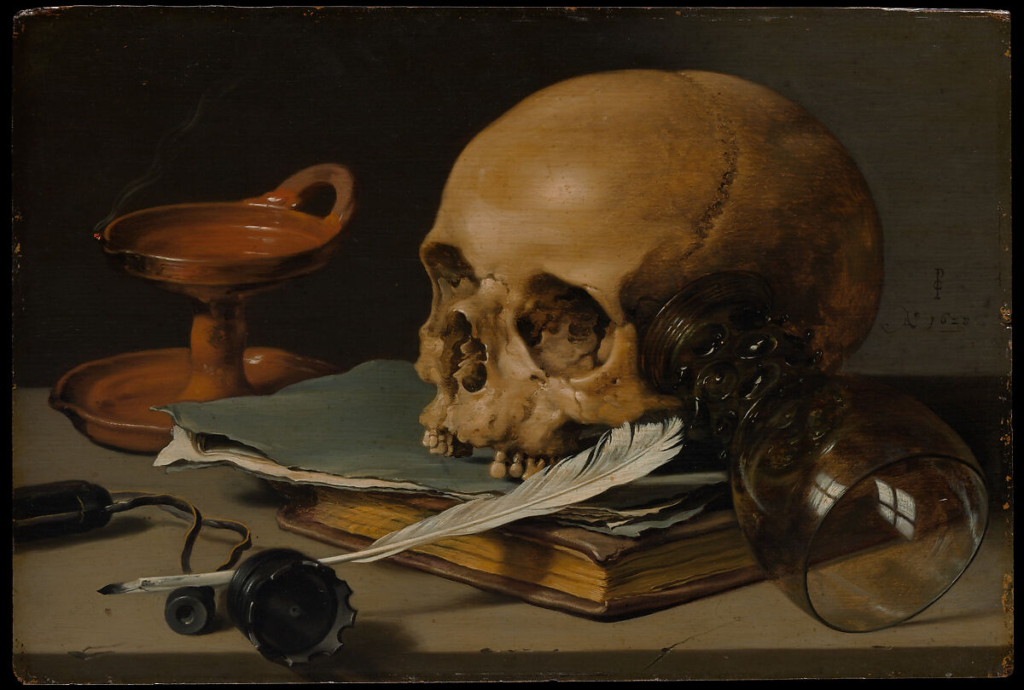
After the renaissance ended, impressionist and post-impressionist artists in the 1800s continued to paint still life, This became impressionism, where these artists experimented with colour and shapes and symbolism became less important.

Pablo Picasso and Georges Braque invented Cubism in the early 1900s as a way of showing several sides of an object at once, as they felt it was a better representation of objects because more of it was in view.

Modern still life painting is more so a reflection of an artists personal style, so 20th century paintings do not tend to be realistic and are instead more abstract.

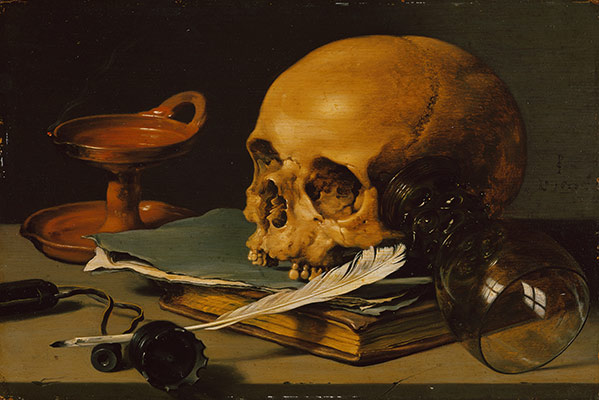
Symbolism and Metaphors
Vanitas – Vanitas is a 17th-century Dutch genre of still-life photography which symbolises the transience of life and serves as a reminder for the inevitability of death.
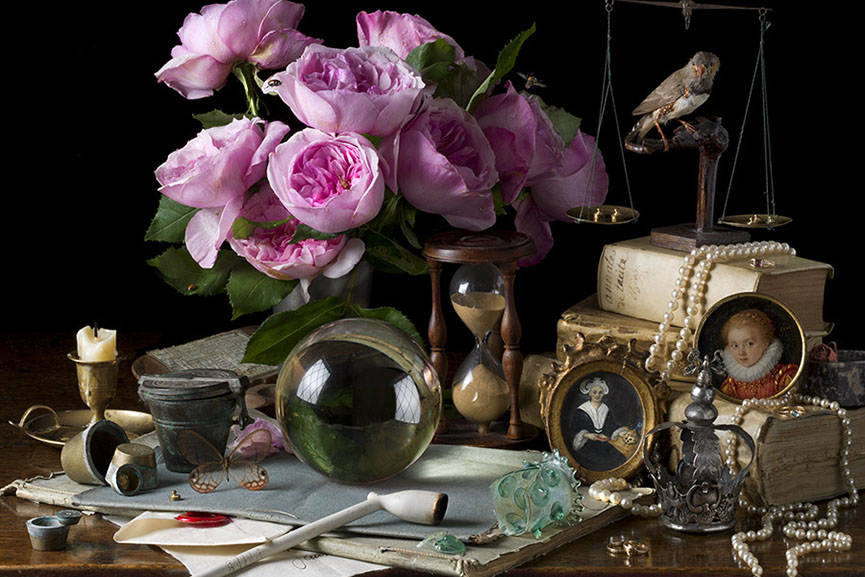
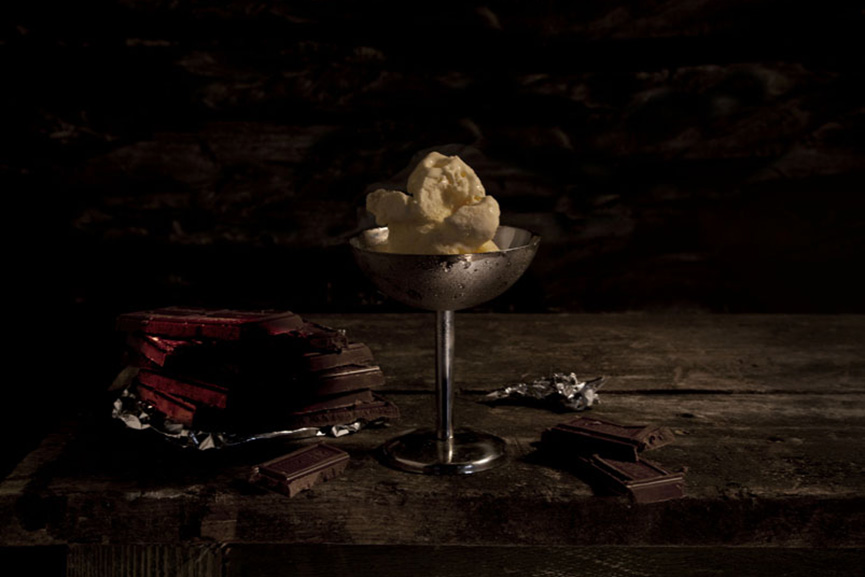
Memento Mori – Memento Mori is an artistic and symbolic trope which serves as a reminder of the inevitability of death. This concept roots from philosophers of classical antiquity and Christianity. Furthermore, the concept has also appeared in funerary artwork and architecture beginning from the Medieval period and onwards.
Symbolism/Metaphors in Still Life photography – Some common symbols and metaphors used in still-life photography and paintings are fruit (wealth- exotic fruits), candles (the passing of time), skulls (the inevitability of death), flowers (life and growth), seashells (purity, birth and fertility), etc.
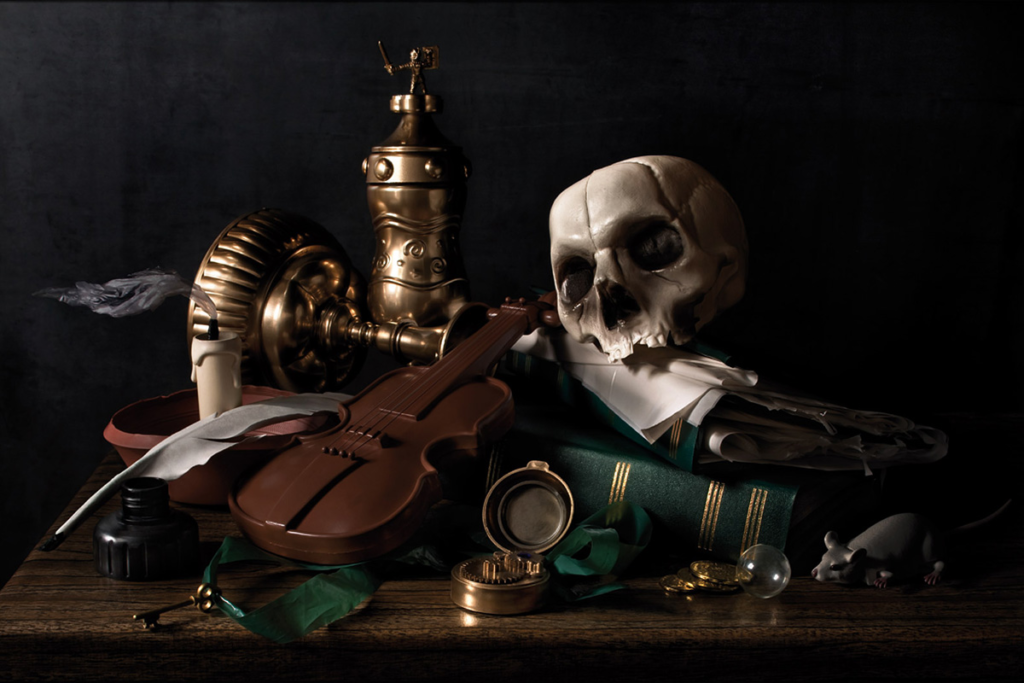

Overall, produce more content, both text and images. Provide more detailed analysis of the symbolism of objects
https://www.thecollector.com/still-life-paintings-what-they-mean/
https://dutch.arts.gla.ac.uk/still_life.htm
Try also and develop your layout and design of blog post using a combination of text, images and graphic elements.
https://hautlieucreative.co.uk/photo24al/author/aschaffrath13/page/8/
https://hautlieucreative.co.uk/photo24al/author/mhawthornth13/page/9/
Provide also images that illustrates Vanitas and Memento Mori